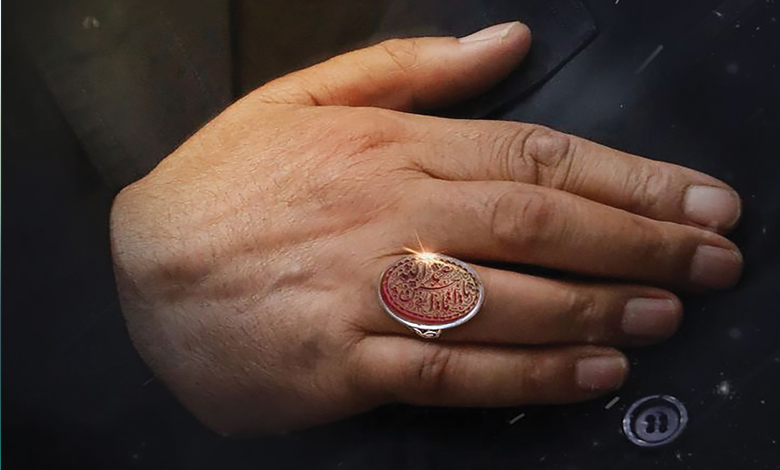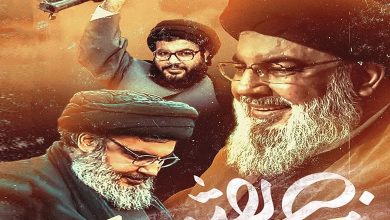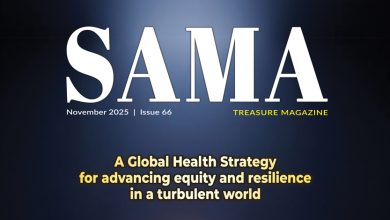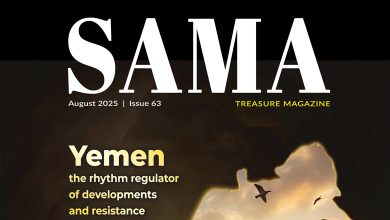Part Three: Diplomacy on the Ground – Soleimani’s Initiative in Engineering Fronts (Section Four)

 Political Section
Political Section
Soft Power in a Hard Field
Soft power in a hard field also acted as a factor to prevent the spread of internal conflicts and factional splits within the resistance axis. Through this approach, Soleimani was able to emphasize common ground among groups and minimize disputes, even in situations where the enemy sought to create division and undermine unity. In fact, this skill helped ensure that the resistance axis remained more cohesive and resilient against external pressures and threats.
In summary, soft power in a hard field symbolized Soleimani’s prudence and wisdom, enabling him to strategically guide the resistance axis by combining the art of politics with military command and maximizing diplomatic capacity under challenging field conditions.
Impact of Qassem Soleimani on the Formation of Transnational Resistance Axes
The presence of the late General Qassem Soleimani in shaping transnational resistance axes is considered one of his most prominent strategic achievements, whose effects remain visible in regional and global developments. He was not merely a military commander; his presence combined field diplomacy with the engineering of extensive cross-border cooperation networks. With steadfast faith in the principles of resistance, justice, and standing against domination, he laid strong foundations in the region and established powerful and coordinated axes.
First, by deeply understanding the geographic, cultural, and political complexities of various regions, Soleimani transcended national boundaries and established a structure that was not limited to a single country, incorporating a wide network of nations, groups, and diverse communities, creating strong bonds among differences to achieve common goals. This approach transformed the resistance axis into a pervasive phenomenon capable of managing regional developments in security and political domains.
For instance, in Lebanon, he strengthened Hezbollah, turning it into a central force against Israeli aggression. In Syria, his support for the army and the people prevented collapse against extremist groups. In Iraq, he organized the Popular Mobilization Forces (PMF), uniting Shias, Sunnis, and minorities. In Yemen, his engagement with Ansar Allah strengthened popular resistance. In Afghanistan and Pakistan, he established links with militant groups. Moreover, in distant regions such as the Caribbean, especially Venezuela, his support for the government helped reinforce the resistance axis against Western domination.
Second, Soleimani’s unparalleled skill in managing relations among diverse groups and parties enabled him to bring together seemingly conflicting political and military alliances under a strategic umbrella. These alliances were based on ideological commonalities, resistance against foreign domination, and the preservation of political independence. His wise management minimized ethnic, sectarian, and political disputes. For example, in Iraq, he unified Shia, Sunni, and Kurdish groups under the PMF.
In Lebanon, he facilitated cooperation between Hezbollah and other groups, including Christians. In Venezuela, his support for the Maduro government laid the groundwork for strategic collaboration with the resistance axis, including fuel supply and logistical assistance to counter U.S. sanctions. These transnational alliances unprecedentedly strengthened the operational capacity of the resistance axis, as exemplified by coordinated operations among Hezbollah, PMF, Ansar Allah, and Syrian forces against common threats.
Third, Soleimani’s influence was crucial in countering regional and global threats. Through organizing and coordinating military and political operations, he played a key role in containing and defeating extremist groups such as ISIS, restoring relative stability to regions on the brink of collapse.
For instance, in 2014, when ISIS captured Mosul, Soleimani mobilized local forces and the PMF to prevent the fall of Baghdad. In Syria, the liberation of Aleppo was achieved under his coordination. In Venezuela, his support for the government against U.S. economic and political pressure helped preserve the country’s independence. This stability created a foundation for strengthening transnational cooperation with significant political and social implications.
Fourth, Soleimani played a central role in enhancing the legitimacy of the resistance axis among local populations and beyond. His popularity stemmed from his field presence, sincere interaction with diverse communities, and emphasis on human values. For example, in Iraq, he met with families of ISIS victims, and in Lebanon, his presence in underprivileged areas made him a beloved figure.
In Venezuela, his support for the population against harsh sanctions symbolized solidarity with oppressed nations, elevating the resistance axis’s standing among people in the region. These interactions made the resistance axis not only politically and militarily significant but also a legitimate symbol of resistance in the hearts of the people.
Soleimani’s role in shaping transnational resistance axes represented a smart combination of diplomacy, cultural influence, crisis management, and leadership art.







